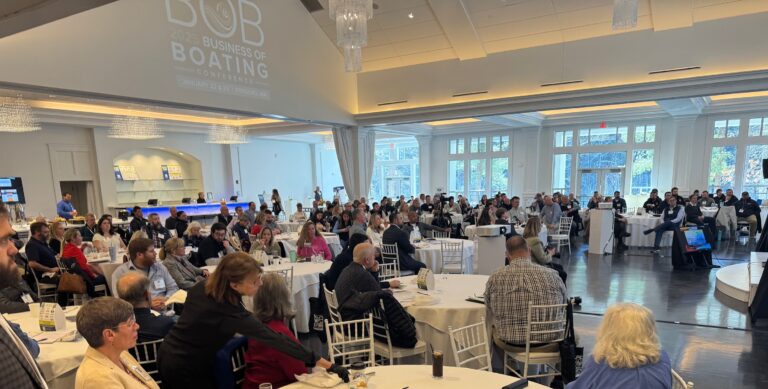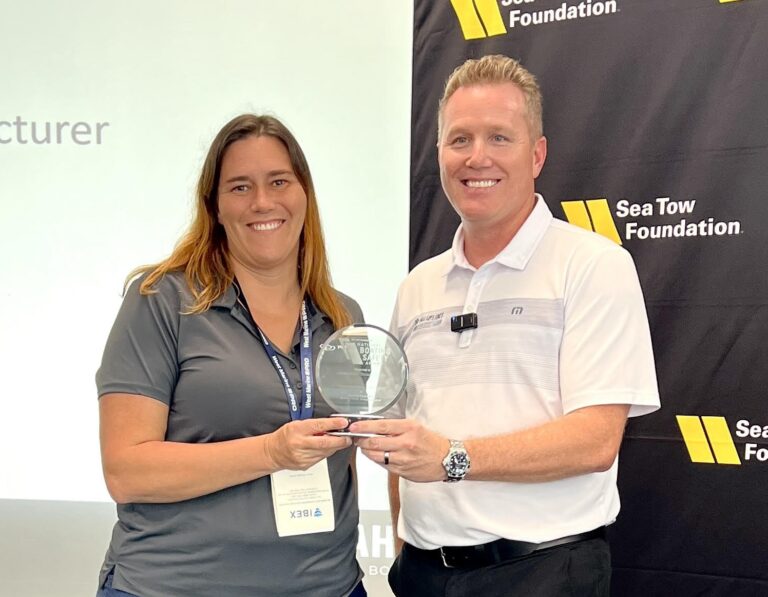 PCESS609 - stock.adobe.com
PCESS609 - stock.adobe.comAs sales and profitability hit record levels for dealerships in the past few years, a couple of key things happened. The insane pace of business exposed dealership weaknesses and inefficiencies, and the influx of cash finally gave dealers the means to invest in their businesses.
The dual inputs of inefficiency and investment opportunity led many dealers to explore new technologies. For some, this meant texting, chat and other customer-communication platforms that offered contactless retail experiences. For others, it included the ongoing debate about dealer management systems, which are the lifeblood of the retail operation. A DMS can have different features and benefits, but overall, it streamlines dealership operations through inventory management, integrated sales tools, service scheduling and management, financial reporting and more. A good DMS can drive efficiency, effectiveness and profitability.
The best dealers understand that great technology is not the core of their business but, rather, a business accelerator. When dealerships incorporate technology — whether focused on systems, financial management or customer management — it allows management and team members to focus on taking care of their customers rather than, for example, trying to record, manage, remember and update recipe cards related to millions of dollars of inventory.
But technology is no magic pill, either. There are numerous pitfalls you can run into when searching for, purchasing and engaging a new platform, especially those that run your entire organization, such as a DMS.
Fortunately for you, I have endured a challenging transition with our own management system at the Marine Retailers Association of the Americas. In exactly the same way a DMS integrates the functions of a dealership, a good management system helps associations track and organize membership levels and engagement; manage invoicing and payment processing; connect payments to membership and event registrations; and provide reporting that informs renewals, outbound communications, member benefits and more.
What I can attest is that if you don’t manage the transition properly, the technology will do you more harm than good. A transition to a new platform necessitates diligent preparation and research, extraordinary vendor and team communication, an environment conducive to major change, and a process to identify real flaws in the technology.
Our transition failed. We had all the right reasons to make the change. We did our research. We found a sexy new platform. We named a transition team. And we prepped the new system and made the switch. After the 10-month transition period, by the end of the day we launched, our team noticed several critical errors. On top of the fact that the new system failed to fully deliver on three critical elements — membership management, financial management and accurate reporting — it created more work and frustrations throughout our organization.
Our technology solution was supposed to work for us, but it worked decisively against us, and it forced us into using manual and redundant, time-wasting processes. It put our entire organization at risk. Candidly, we’re fortunate to have navigated it without losing staff.
While I have created an entire lessons-learned document about this experience, the key point for you is that with any technology, like any other part of your business, you must have good processes in place to succeed. Take it from me, if you’d like. Or take it from Bill Gates, who said, “The first rule of any technology used in a business is that automation applied to an efficient operation will magnify the efficiency. The second is that automation applied to an inefficient operation will magnify the inefficiency.”
You must document the processes for how you use the technology before you go looking for a new solution. We should have very clearly documented every way that dealers join our association; the multiple options for how they pay for their membership; how the system provides them access to member benefits; how it prompts members to renew at their one-year anniversary; how the member fulfills the renewal and so forth. We weren’t prepared. And so our research and our vetting of potential vendors failed.
In our case, we created that process and flow chart after we went live, and we discovered it didn’t work properly, and it ultimately led to our vendor, whom we had already paid, to tell us that they could not fulfill all the needs on our list. Things only got worse from there.
You should consider every process and interaction with your technology, as well. That means all departments, customer interactions, financial management and more. Make sure that all the right voices are involved and that everyone in your organization has a chance to add to and refine the process document. This upfront preparation is the single biggest key to your success.
Then you should share that process with each vendor you consider. And you should get, in writing, confirmation that they can deliver on your needs. It was 18 months into our dilemma before our vendor admitted it couldn’t deliver. We’re now in the process of unraveling the whole mess.
Our story serves as a cautionary tale, one that I hope you can learn from. Fortunately, our industry is ripe with dealer management system providers who can help you navigate this so you don’t have to endure something similar. But the fact remains that a successful transition begins with you and a sound, documented process. Our team here at the MRAA can help you with sample process maps or help you create your own. We have vast amounts of experience helping dealers in this way. Please reach out.
Good technologies can propel your dealership to great success. Human error, however — caused by poor preparation and leaving processes undocumented — can sabotage the well-intended decision you made to invest in your future.
This article was originally published in the October 2023 issue.
Matt Gruhn is president of the Marine Retailers Association of the Americas.










